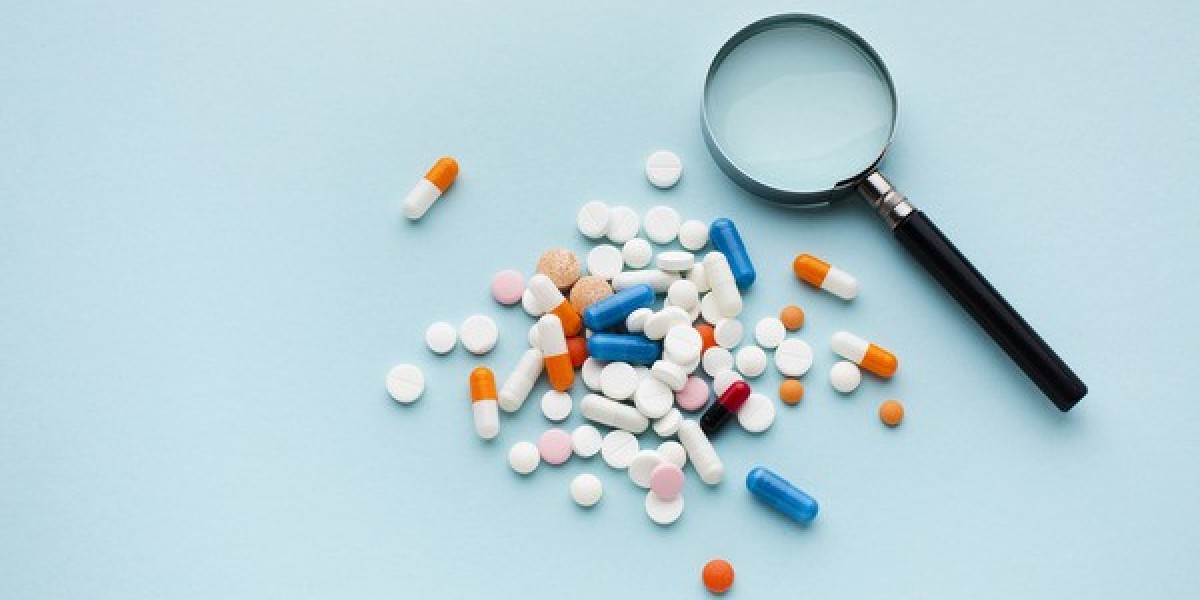In today’s world, the safety of medications is a top priority. As new drugs are developed and brought to market, it is essential to monitor their effects on patients. This is where pharmacovigilance services come into play. These services help ensure that medications are safe for public use and comply with regulatory standards.
What is Pharmacovigilance?
Pharmacovigilance is the science of monitoring the safety of medicines. It involves collecting data about adverse effects and any problems related to drugs after they are approved for use. The goal of pharmacovigilance is to identify potential safety issues and take action to minimize risks. This is crucial for protecting patients and maintaining trust in the healthcare system.
The Importance of Pharmacovigilance Services
Patient Safety: The primary purpose of pharmacovigilance services is to ensure patient safety. By monitoring the effects of medications, healthcare providers can quickly identify any harmful side effects. This helps in taking necessary actions, such as updating warning labels or even withdrawing a drug from the market if needed.
Regulatory Compliance: Pharmaceutical companies must comply with various regulations set by health authorities like the FDA or EMA. Pharmacovigilance services help companies meet these regulatory requirements. By providing accurate and timely reports on drug safety, these services ensure that companies stay compliant and avoid penalties.
Risk Management: Identifying and assessing risks associated with drugs is another critical aspect of pharmacovigilance. By analyzing data from clinical trials and post-market studies, pharmacovigilance services help in developing risk management plans. These plans outline how to minimize risks and ensure that patients receive safe medications.
Key Components of Pharmacovigilance Services
Pharmacovigilance services encompass several important activities:
Adverse Event Reporting: One of the main tasks of pharmacovigilance is collecting reports of adverse events. This includes any undesirable effects that occur after a patient takes a medication. These reports can come from healthcare professionals, patients, or clinical trials.
Data Analysis: Once adverse event reports are collected, they need to be analyzed. Pharmacovigilance services use advanced tools to evaluate the data and identify patterns. This analysis helps in understanding whether a particular drug is safe or if it poses risks to patients.
Signal Detection: Signal detection involves identifying potential safety issues based on the collected data. When a trend or pattern emerges, pharmacovigilance services investigate further. This proactive approach helps catch problems early, which can save lives.
Regulatory Reporting: After analyzing the data and detecting signals, pharmacovigilance services prepare reports for regulatory authorities. These reports provide an overview of drug safety and any actions taken to mitigate risks. Timely and accurate reporting is crucial for maintaining compliance.
How Pharmacovigilance Services Benefit Pharmaceutical Companies
Partnering with pharmacovigilance service providers can greatly benefit pharmaceutical companies:
Expertise: Pharmacovigilance providers have the expertise needed to navigate complex regulations. They keep up-to-date with changing laws and requirements, ensuring that companies remain compliant.
Cost-Effectiveness: Managing pharmacovigilance internally can be costly and time-consuming. By outsourcing these services, companies can save money and focus on their core business activities, like drug development and marketing.
Improved Patient Trust: When companies prioritize drug safety and actively monitor their products, it builds trust with healthcare providers and patients. A good reputation for safety can enhance a company’s market position.
Conclusion
Pharmacovigilance services play a vital role in ensuring the safety of medications. By monitoring adverse events, analyzing data, and complying with regulations, these services protect patients and improve public health. For pharmaceutical companies, investing in pharmacovigilance is not just a regulatory obligation but a commitment to patient safety. As the healthcare landscape evolves, the importance of effective pharmacovigilance services will only continue to grow.
If you’re interested in learning more about pharmacovigilance services and how they can benefit your organization, feel free to reach out. Ensuring drug safety is a shared responsibility, and together, we can make a difference in the lives of patients everywhere.








